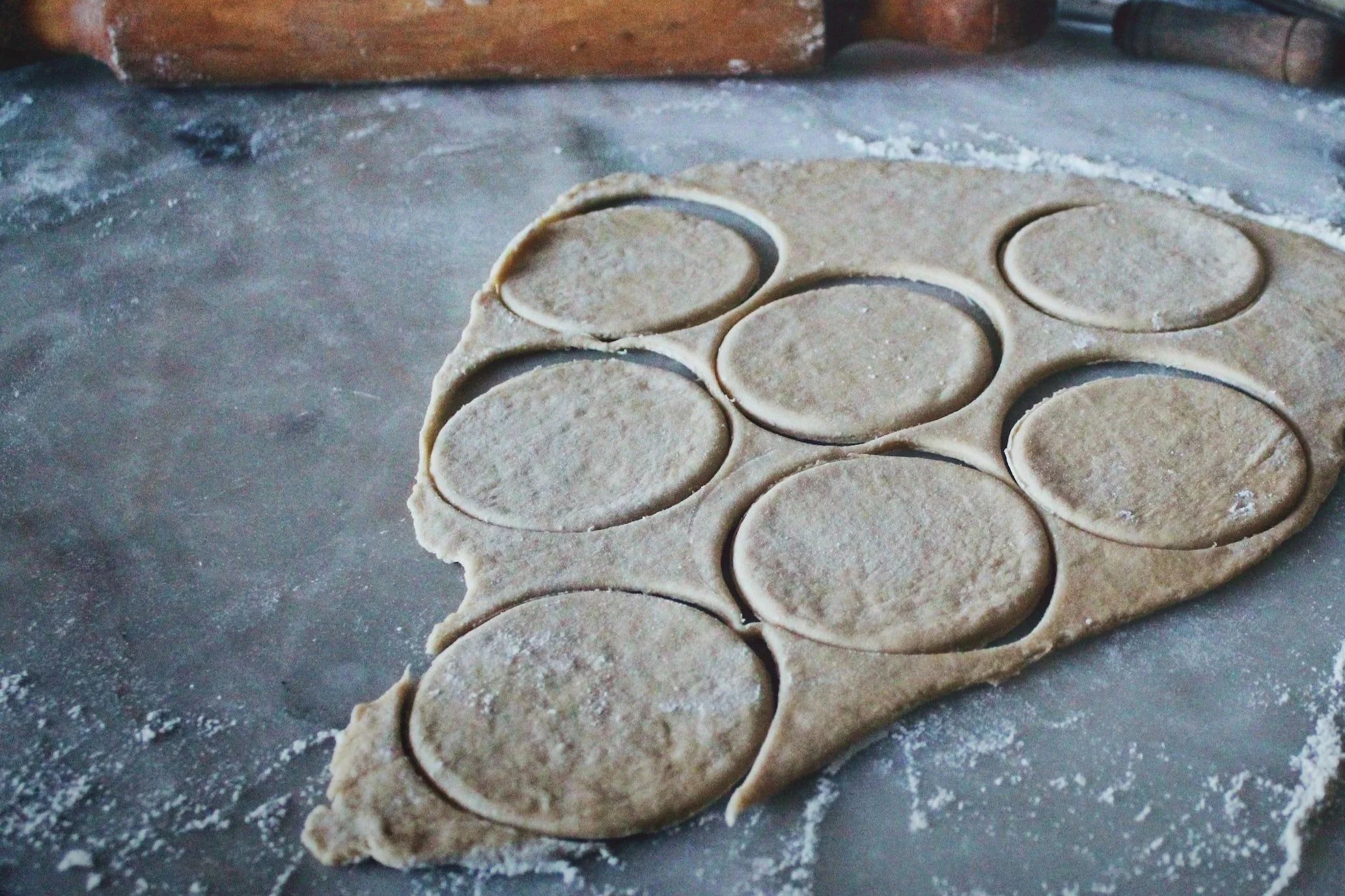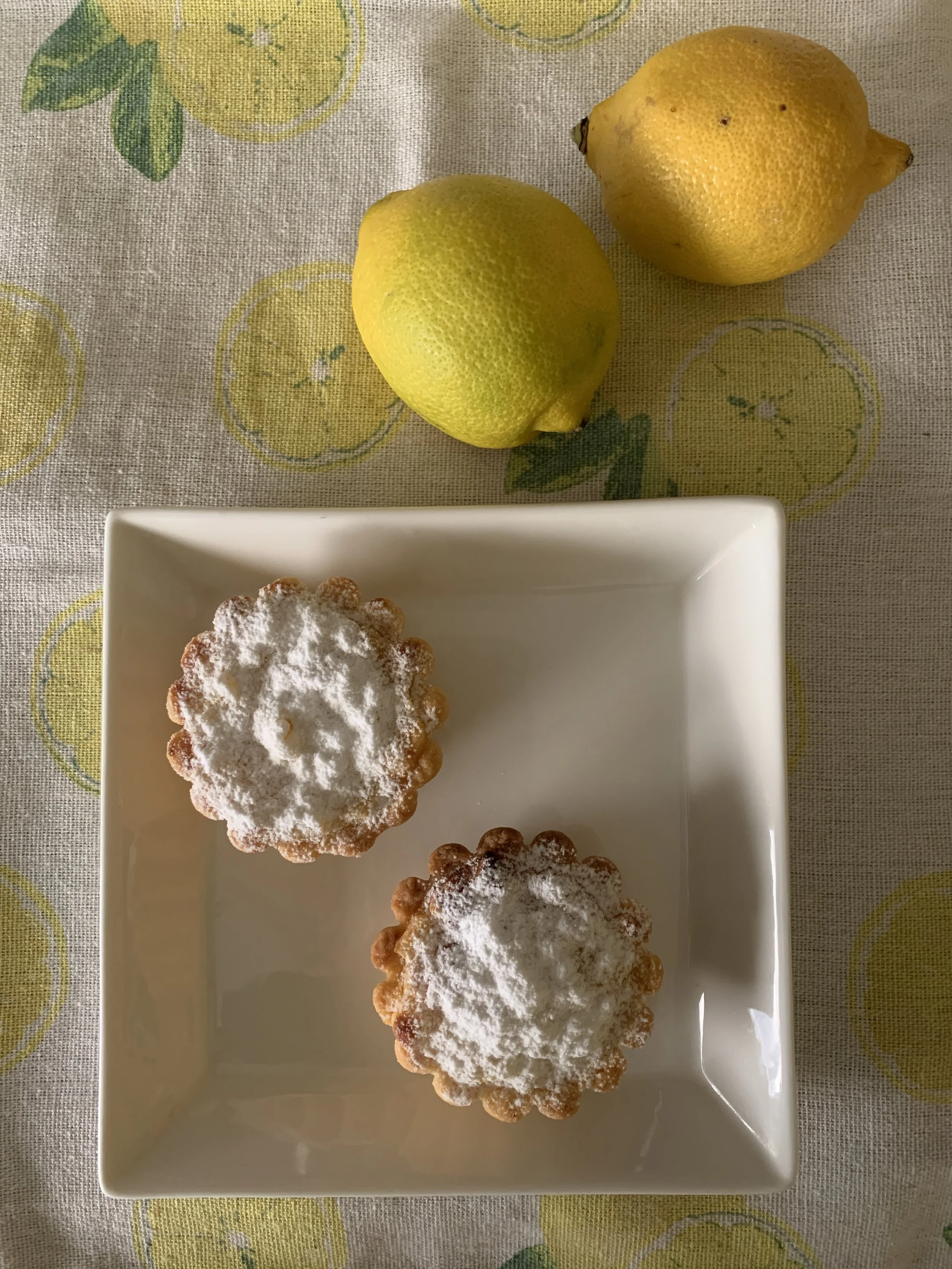Budini di Riso - Florentine rice pudding
Florentine breakfast pastry that one cannot resist…
While walking around Florence on a winter evening, peering through the window to see which café or bar to stop by for a cup of espresso, I spotted a small boat-shaped pastry labeled “Budini di Riso” in the glass case of one of the bars, lined up next to the familiar pastries and cookies. I've never seen these pastries in either Umbria or Rome, and I was curious to know what they were. Hmmm, I don’t recall seeing this pastry in my Tuscan cookbook…
Budini di riso at Caffè Scudieri Firenze
After returning to the hotel, I searched for information about “budini di riso”, and found that this Tuscan pastry is mainly eaten with cappuccino or espresso for breakfast.
The origin of “budini di riso” is said to be Siena, where at first it was only a plain rice pudding, and later in Florence, the pudding was wrapped in pastry and became the tart shape it is today. The ingredients are simple: risotto rice (arborio, carnaroli, vialone nano) is slowly cooked with milk, eggs, sugar, and a little butter, then flavored with vanilla and grated lemon zest. The delicate sweetness of the rice pudding matches well with the slight aroma of vanilla and lemon; it is a simple pastry that seems to be a perfect warm breakfast treat but also for afternoon tea with tea or a glass of dessert wine.
After returning home, I immediately tried to make it by referring to several recipes on the Italian website. After a few trials and errors, I finally arrived at the recipe for a light version of budini di riso (photo). Since I was in Japan, I made it with available rice - the rice I chose was a variety called Milky Queen, which has the characteristic of being soft and sticky and not hardened when left cold. It was creamy when freshly baked, but also tasted as good as a freshly baked version even when heated slightly the next day. I was quite happy with the results and immediately added it to my recipe collection.
*For a richer taste, the amount of butter can be increased and a little cream can be added. On the other hand, for a lighter version, it can be baked in a tartlet mold without the tart crust. Once the budini di riso is baked, I assure you that the aroma of lemon and vanilla will fill the room, enveloping you in happiness.!






